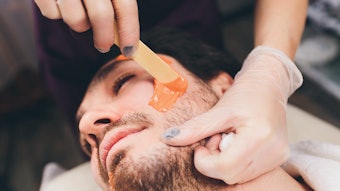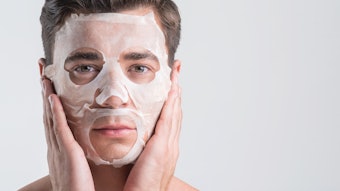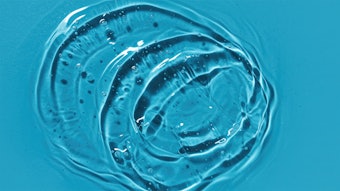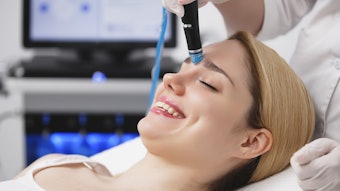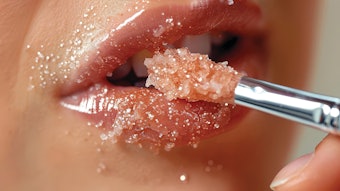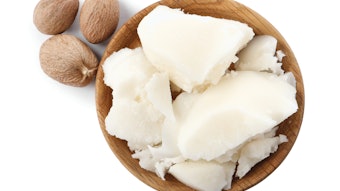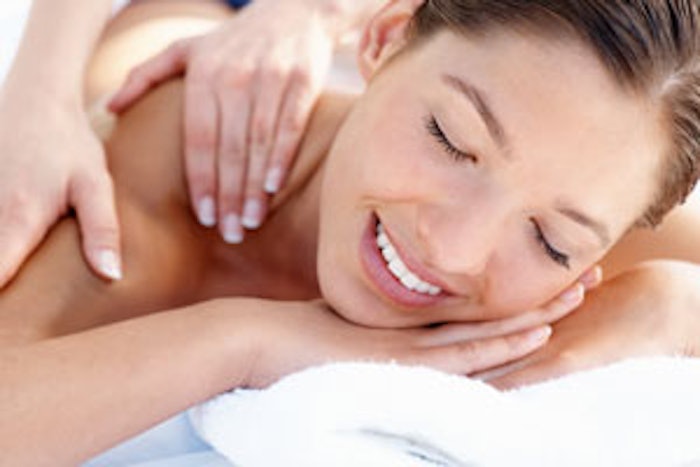
This article, written by Amanda L. Chan, was originally posted on Huffpost Healthy Living on April 20, entitled, "It's True: Massages Really Are Good For You," and was included in the April 21 ISPA SmartBrief enewsletter.
Go ahead and book that massage—a small new study shows that massage therapy isn't just a way to relax and indulge, but it also could help you after exercise.
The study, published in the journal archives of Physical Medicine and Rehabilitation, showed that massage therapy relieves muscle soreness and improves overall blood flow in people after they exercised. Plus, it also seemed to improve circulation in people who hadn't exercised.
"Our study validates the value of massage in exercise and injury, which has been previously recognized but based on minimal data," study researcher Nina Cherie Franklin, a postdoctoral fellow in physical therapy at the University of Illinois at Chicago, said in a statement. "It also suggests the value of massage outside of the context of exercise."
For the study, researchers had 25 healthy, sedentary adults exercise their legs with a leg press machine until their legs felt sore. Fifteen of the participants were randomly assigned to receive Swedish massage on their legs, while the other 10 did not receive the massages.
Both the massage and non-massage groups rated their muscle soreness about equally after doing the leg presses, but those who were assigned to receive the massages reported no more soreness in the hour and a half after they received the massages. However, those who didn't receive the massages said that they still felt sore a day later.
The researchers also measured blood flow in the study participants at different time points after they exercised. They found that those assigned to receive the massage had improved blood flow at all the time points, and the improvement in blood flow only seemed to taper off three days after the exercise. However, those who did not receive the massage had reduced blood flow just an hour and a half after exercise. Researchers noted that blood flow can be reduced from muscle injury from exercise.
"If MT [massage therapy] treatment is implemented after EMI [exercise-induced muscle injury], increased local blood flow may hasten the inflammatory response by reducing the time course of neutrophil infiltration and activation, thereby protecting against neutrophil-mediated tissue damage," the researchers wrote in the study.
Researchers also had a control group of 11 adults who only received the massage and didn't undergo the exercise portion of the study. They found that this group experienced the same blood flow effects as the participants assigned to exercise first before receiving the massage.
"The results of this study contribute to a better understanding of how massage therapy promotes faster recovery from EMI and may have broader implications for the clinical use of massage therapy, especially in the context of endothelial dysfunction," researchers wrote in the study.



